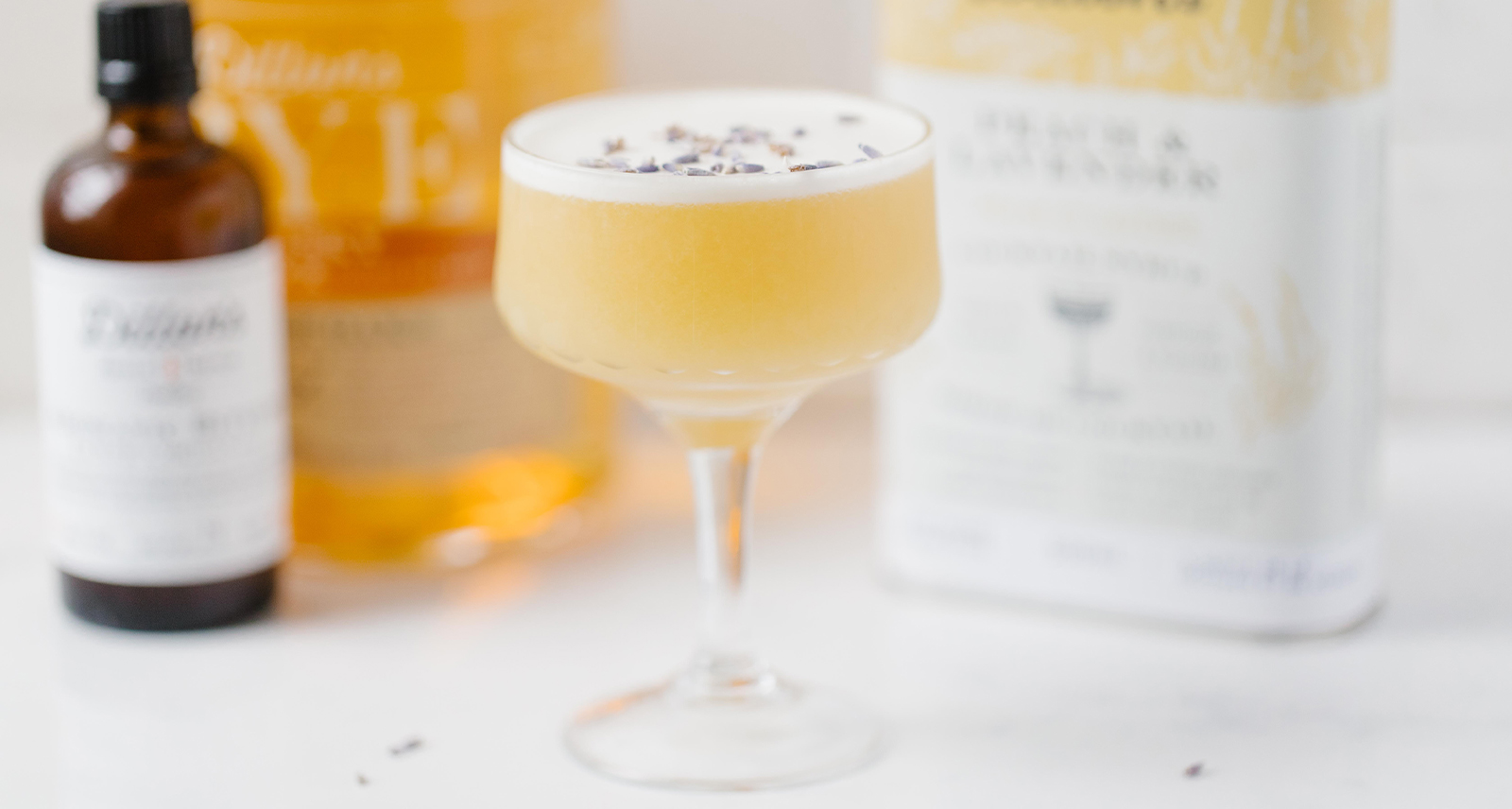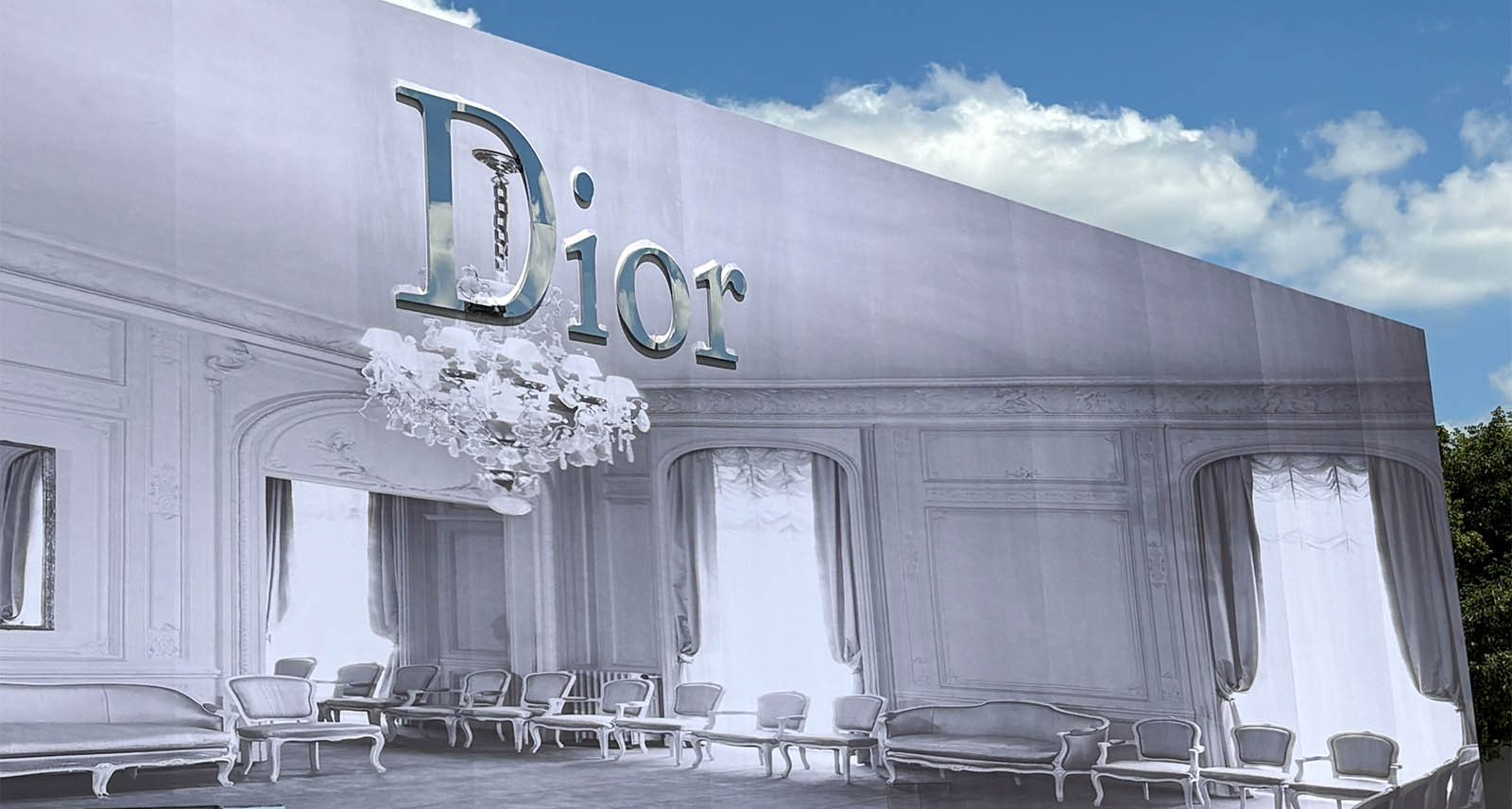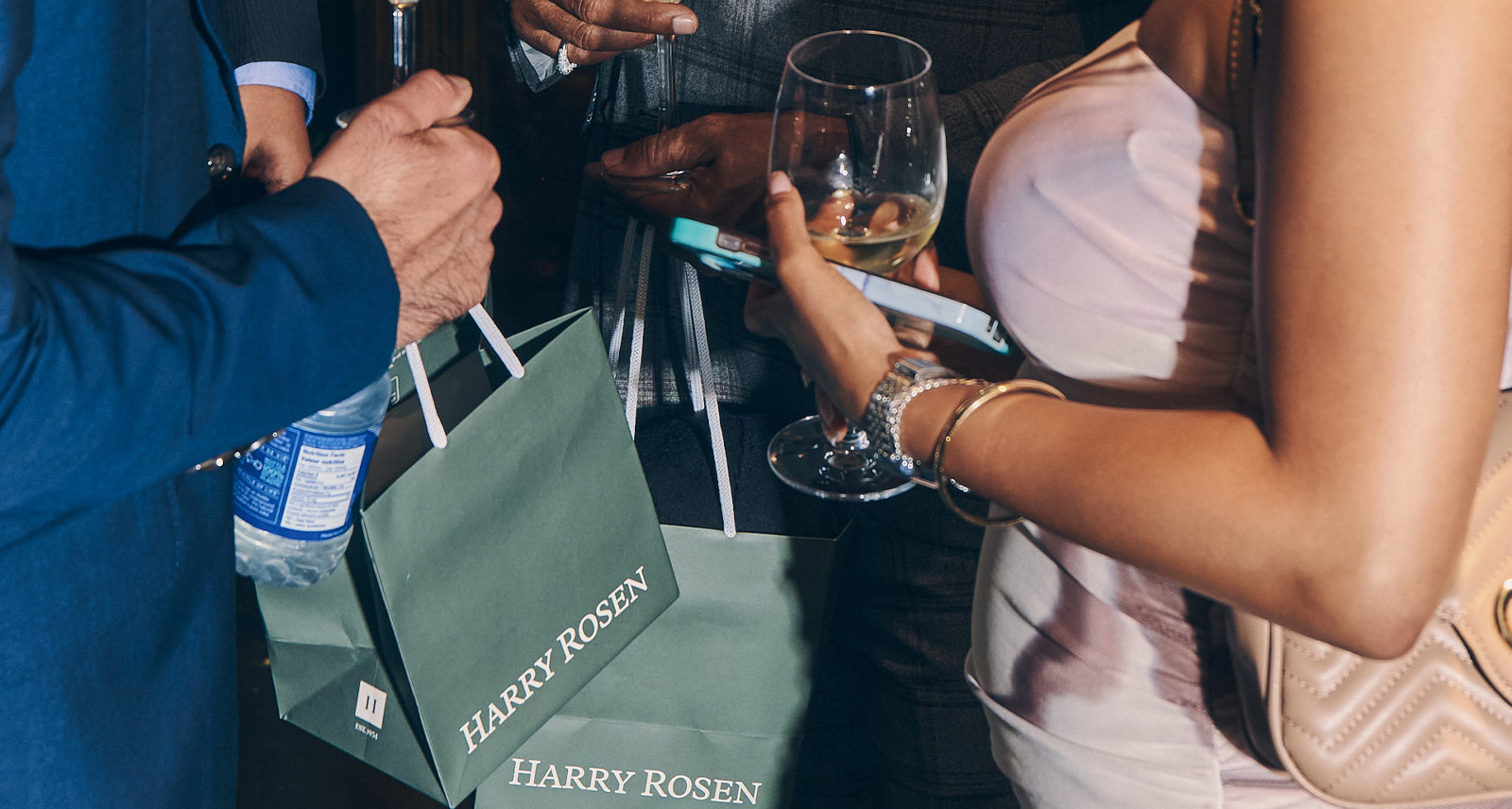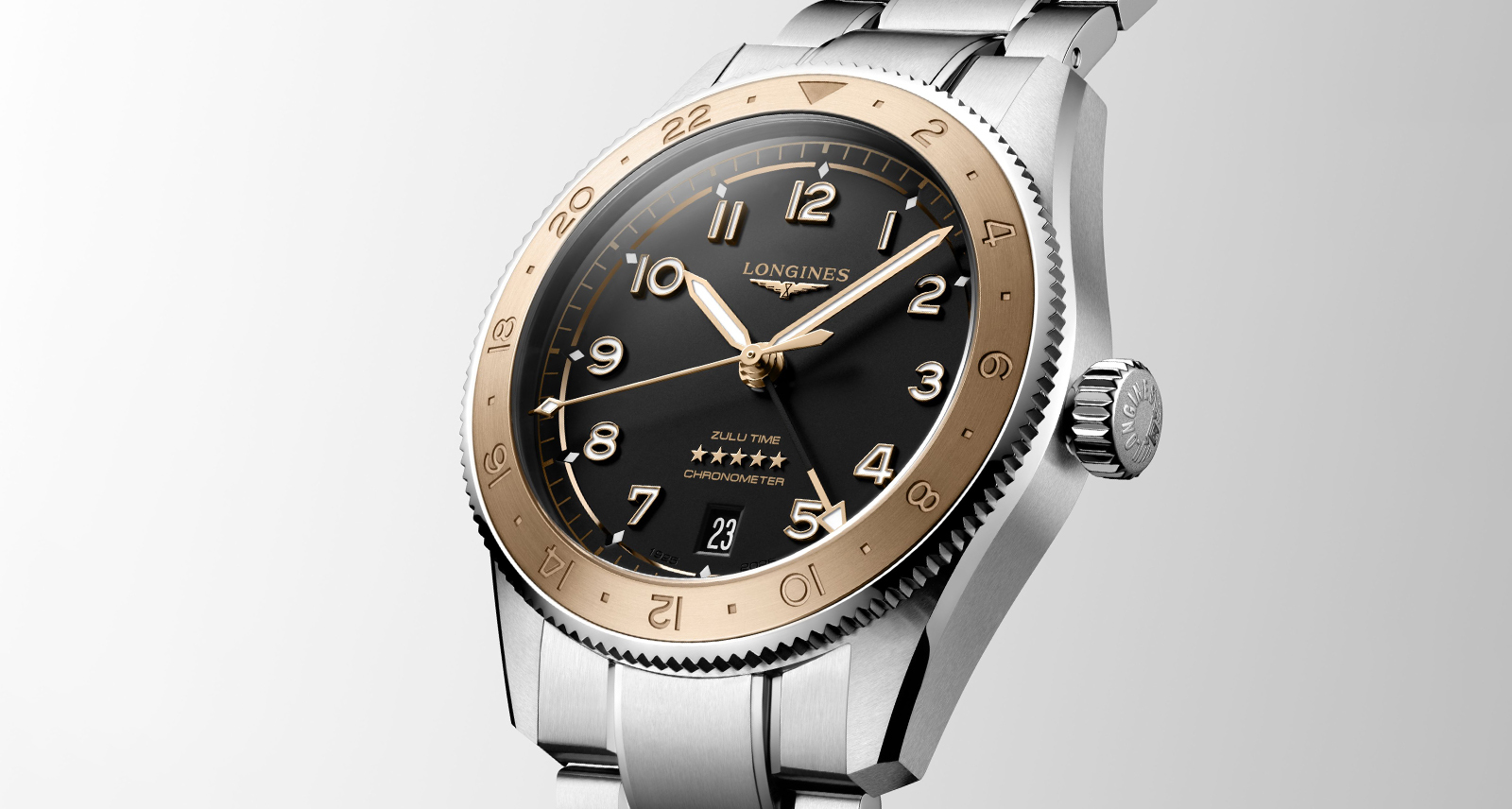Cocktail of the Week: A Peach & Lavender Whisky Sour for Whisky Sour Day
Conceived on the high seas, forged in port taverns across the globe, and crafted behind the glossy sticks of cocktail bars, the humble whisky sour is the epitome of a “classic”. As world Whisky Sour Day approaches on August 25th, we thought we’d celebrate with our favourite riffs on the beloved cocktail, and delve deep into the tale behind the icon. We like to start all history lessons with a drink, so grab your whisky and shaker, and let’s get cracking!
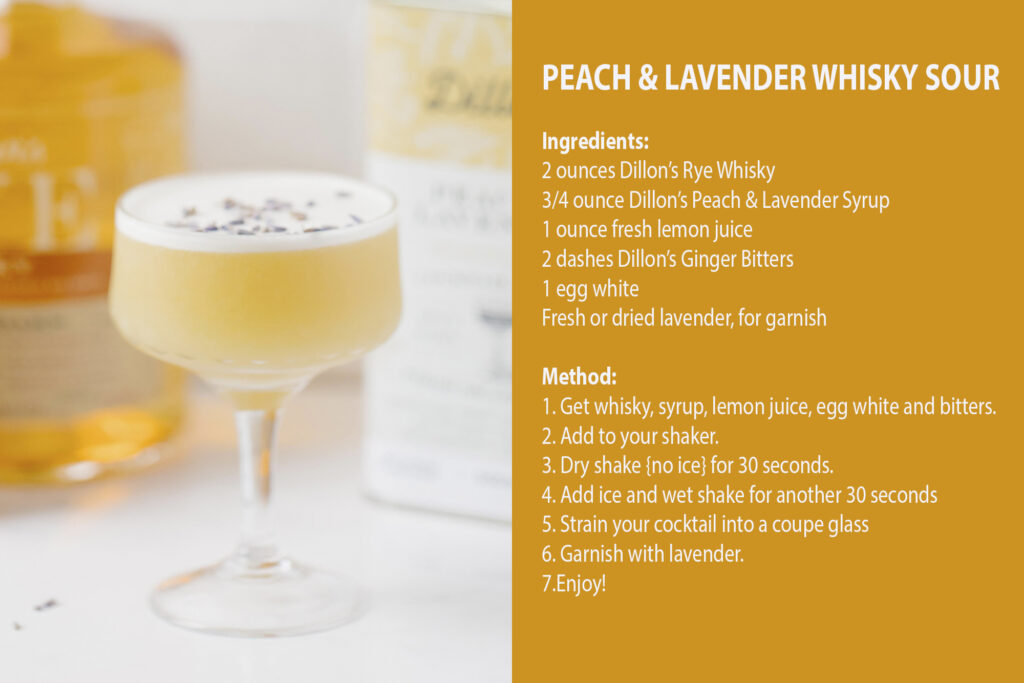
Tasty, right? Okay, now time for the learning! The whisky sour traces its origin back to 17th century sailors (honestly, with the amount of liquor they reportedly consumed, we’re surprised any sailing took place). As water was scarce — and morale arguably scarcer — during lengthy stints at sea, sailors were provided with spirit rations. To stave off scurvy, they also had citrus; eventually, it found its way into the liquor cups. To make the serve more palatable, sailors added sugar and water. Behold the first cocktails! Much like “grog” formed the basis of the earliest daiquiris (rum, lime, sugar), the blend of whisk(e)y and citrus made for a rudimentary whisky sour.
Sailors were very much the “drinkfluencers” of their day — they took their imbibing habits directly into taverns and punch houses, where sips were developed into something more salable. From there, patrons spread their favourite drink recipes across colonies, making their way into more reputable drinking establishments.
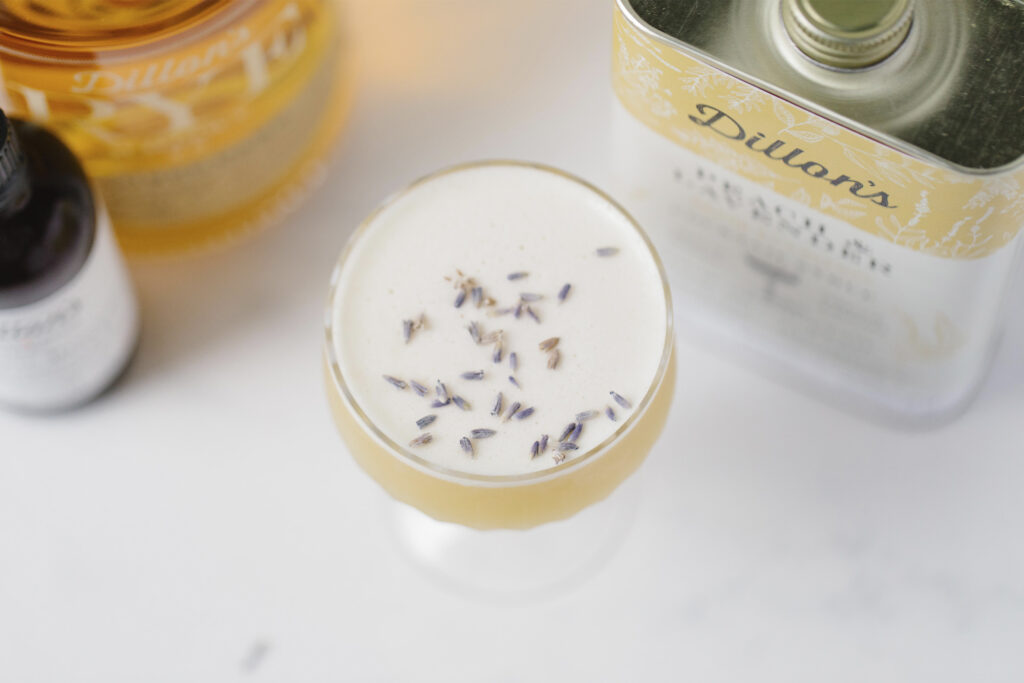
Jerry Thomas, often considered the founding forefather of mixology, detailed a whisky sour recipe using Bourbon or rye whisky as the base spirit in his 1862 seminal book How to Mix Drinks. His recipe called for an entire ‘wine glass’ of Bourbon, the juice of half a lemon, and powdered white sugar dissolved into Apollinaris seltzer-water. The serving suggestion was to garnish with an ‘ornament of berries.’ It appeared several years later in Wisconsin newspaper, The Waukesha Plains Dealer, suggesting America had adopted the drink as a staple. Riffs like the New York Sour, which features a red wine float, began to pop up in the 1880s (ironically, this one was made in Chicago).
So, who added the egg white? Good question. While a foaming agent is considered part of the ‘classic’ whisky sour nowadays, there isn’t an official record of its origins. However, an egg appears in the 1887 edition of Thomas’ bartending bible. Eggs had been making their way into cocktails since the 17th century, with the first flip recipe appears to originate from the English tradition of Wassailing, or Christmas carolling. Revellers would drink a mix of cream, mulled ale, cloves, roasted apples, nutmeg, sugar, ginger and a whole egg. While that sounds like… a lot, we’re determined not to knock anything until we’ve tried it!
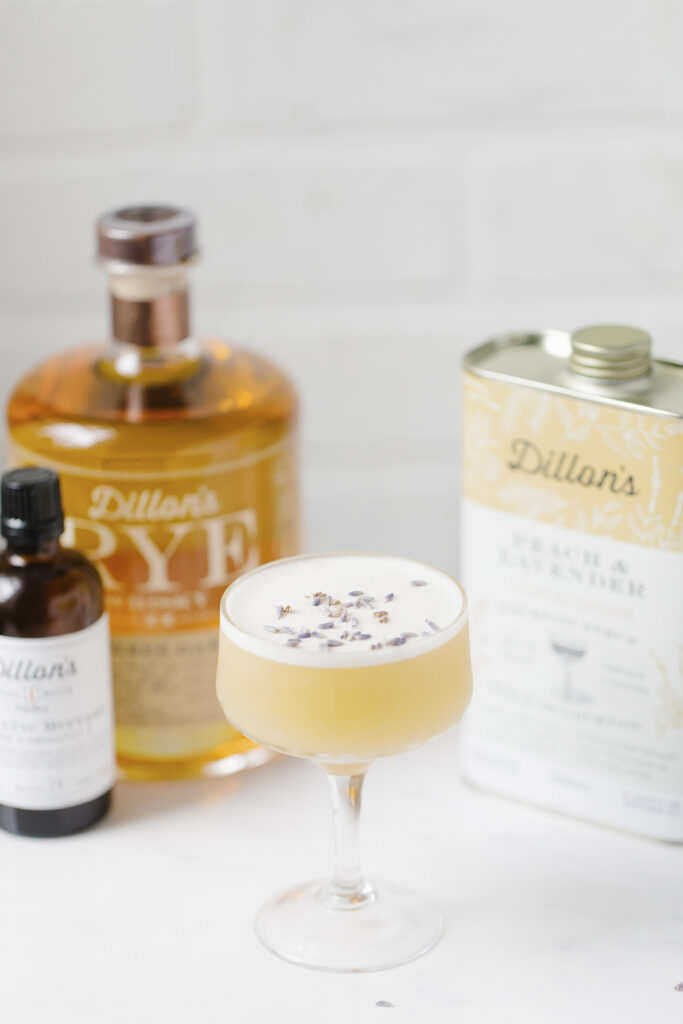
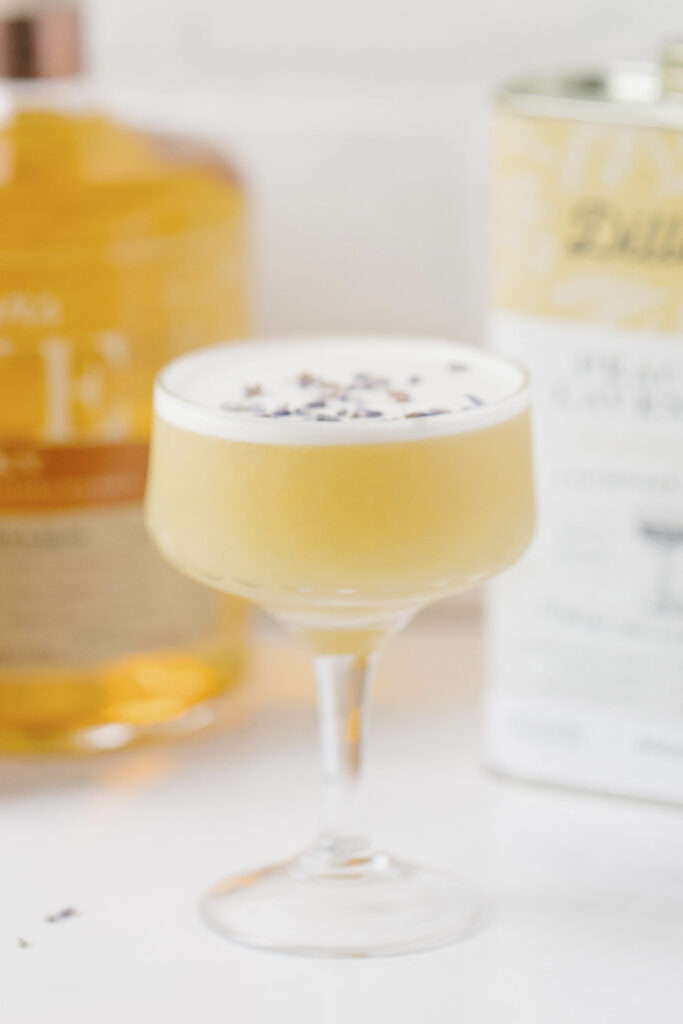
“Flip” drinks, cocktails that use a whole egg for body and texture, likely inspired the whisky sour’s inclusion of a simple egg white. The latter imparts far less richness, but still adds structure and a pleasing lather. To get nerdy for a moment, an egg white cocktail works similarly to a meringue; shaking (rather than whisking) loosens the tight proteins, adding bubbles to create a foam. These days, bartenders increase the frothiness of a cocktail by double shaking it with egg whites: first, without ice (dry shake) to add air, then with ice (wet shake) to dilute and chill the drink.
A modern day whisky sour is typically served in a coupe glass, then garnished with orange peel and a marashino cherry (a call back to Thomas’ ornamental berries perhaps?). Some bartenders choose to build their cocktail over a large king cube in a rocks glass to bolster the appearance, length, and chill of their drink — much to the dismay of whisky sour purists, who declare the king cube ‘wrong.’ But hey, what’s really ‘right’ when it comes to cocktails? As you can see from the whisky sour’s history, consumer-loved riffs developed the narrative of the drink, taking it from a quick swill on the windswept decks of a ship to one of the most ordered cocktails of all time. However you want to enjoy your sour, you go ahead and do you — just make sure your base spirit is of a high quality. Ain’t nobody got time for bad whisky. Cheers!
